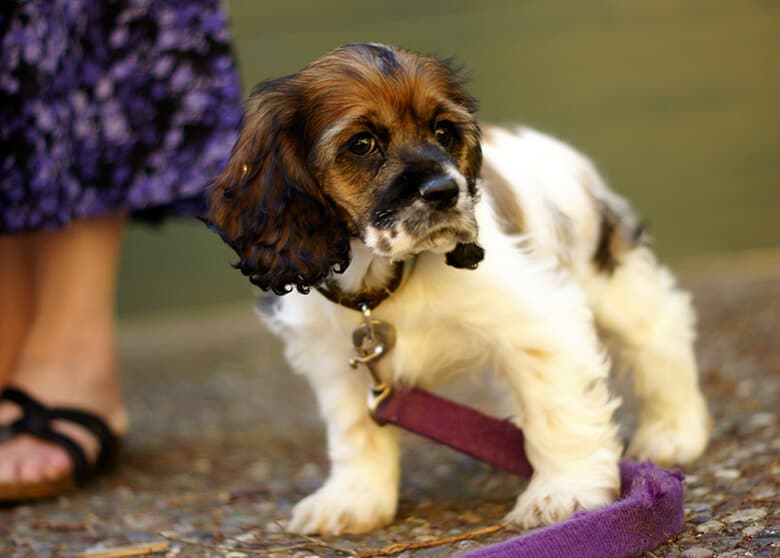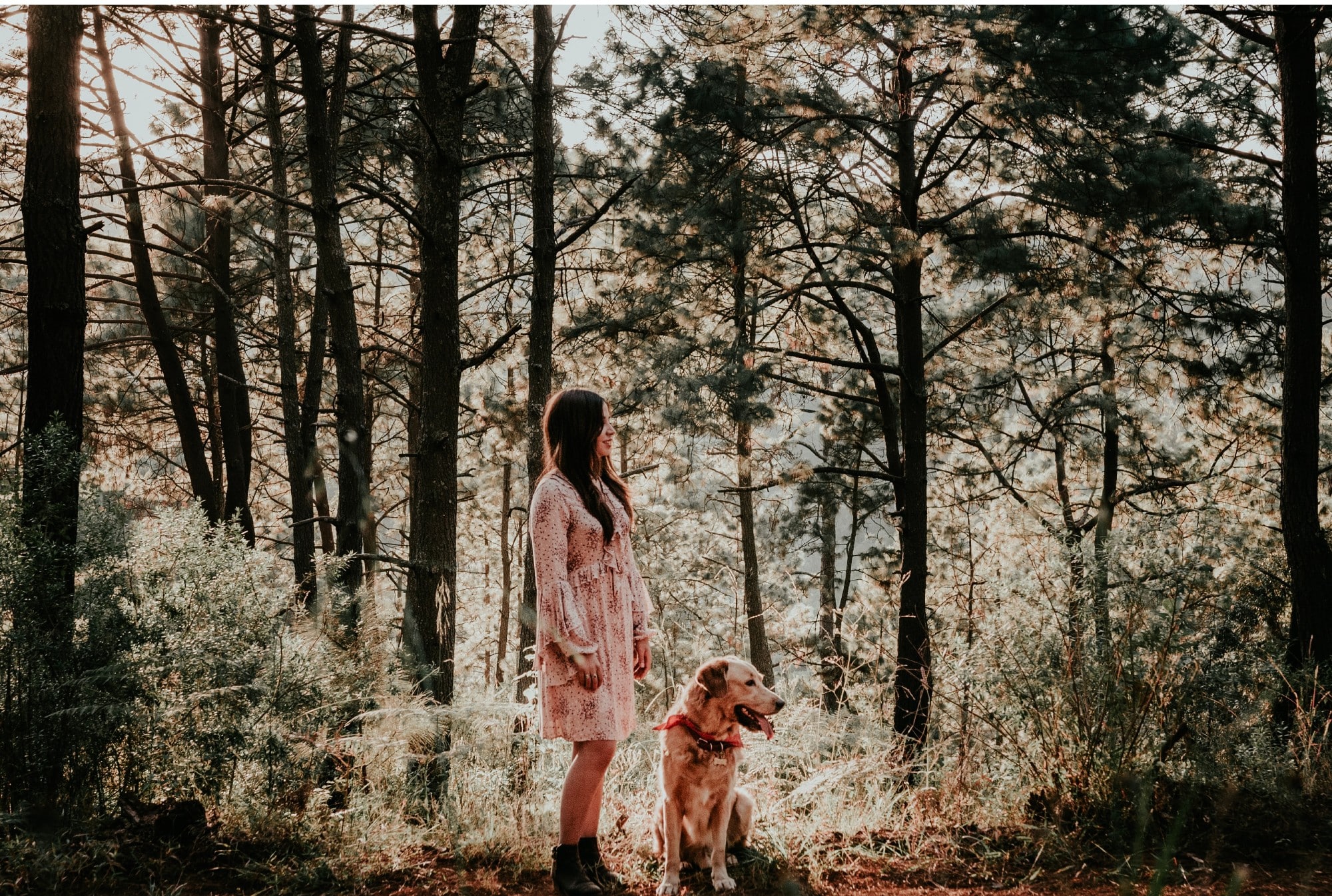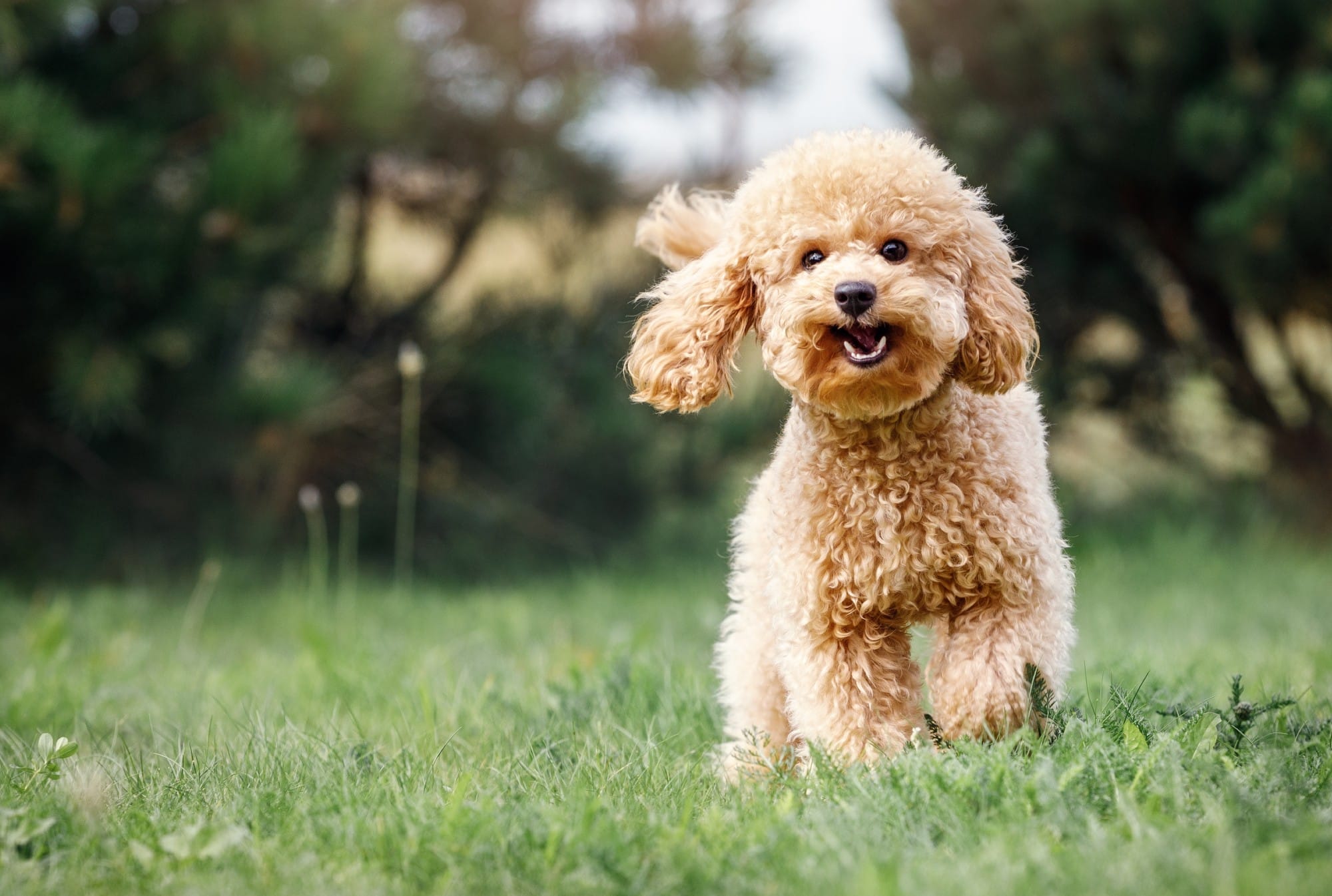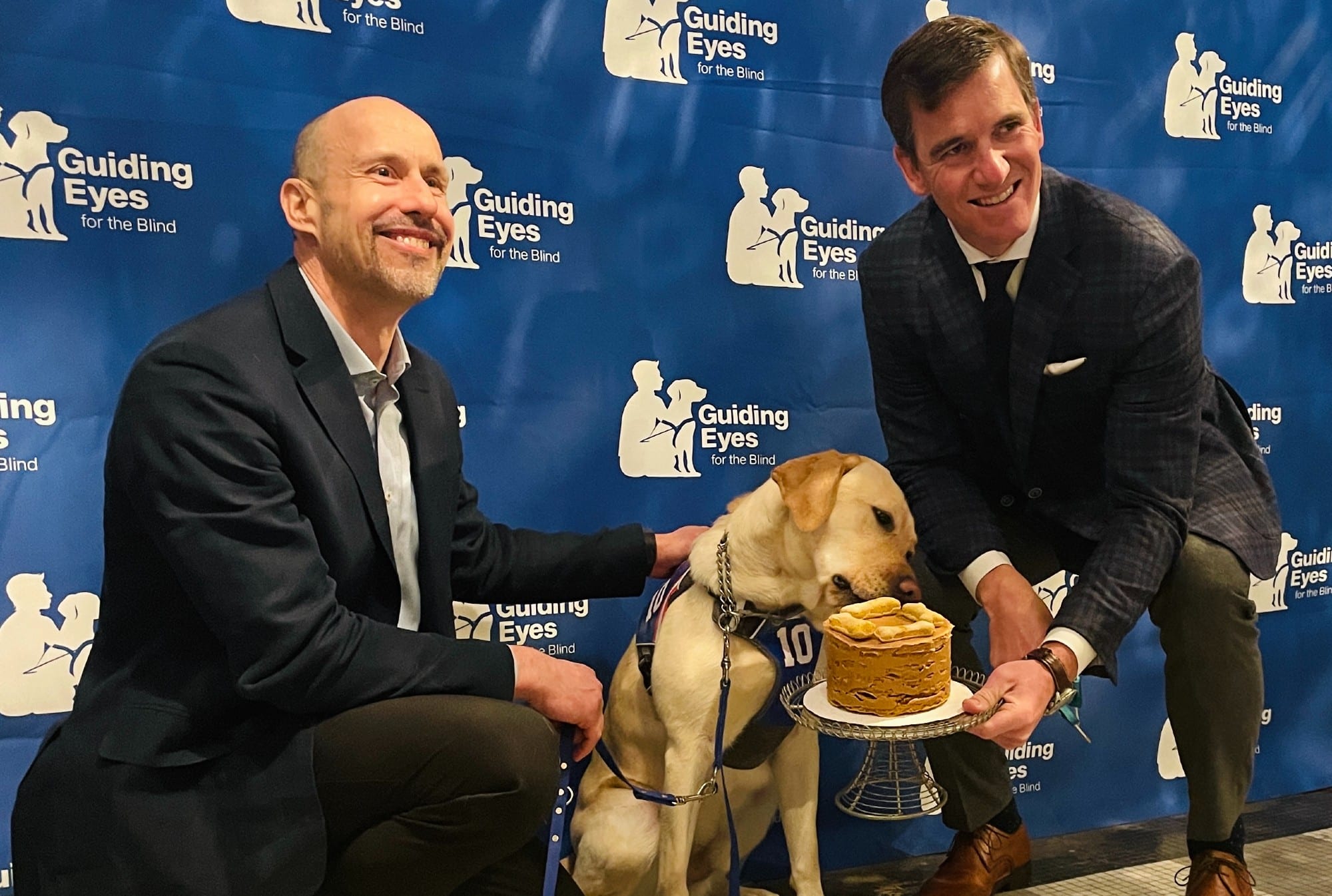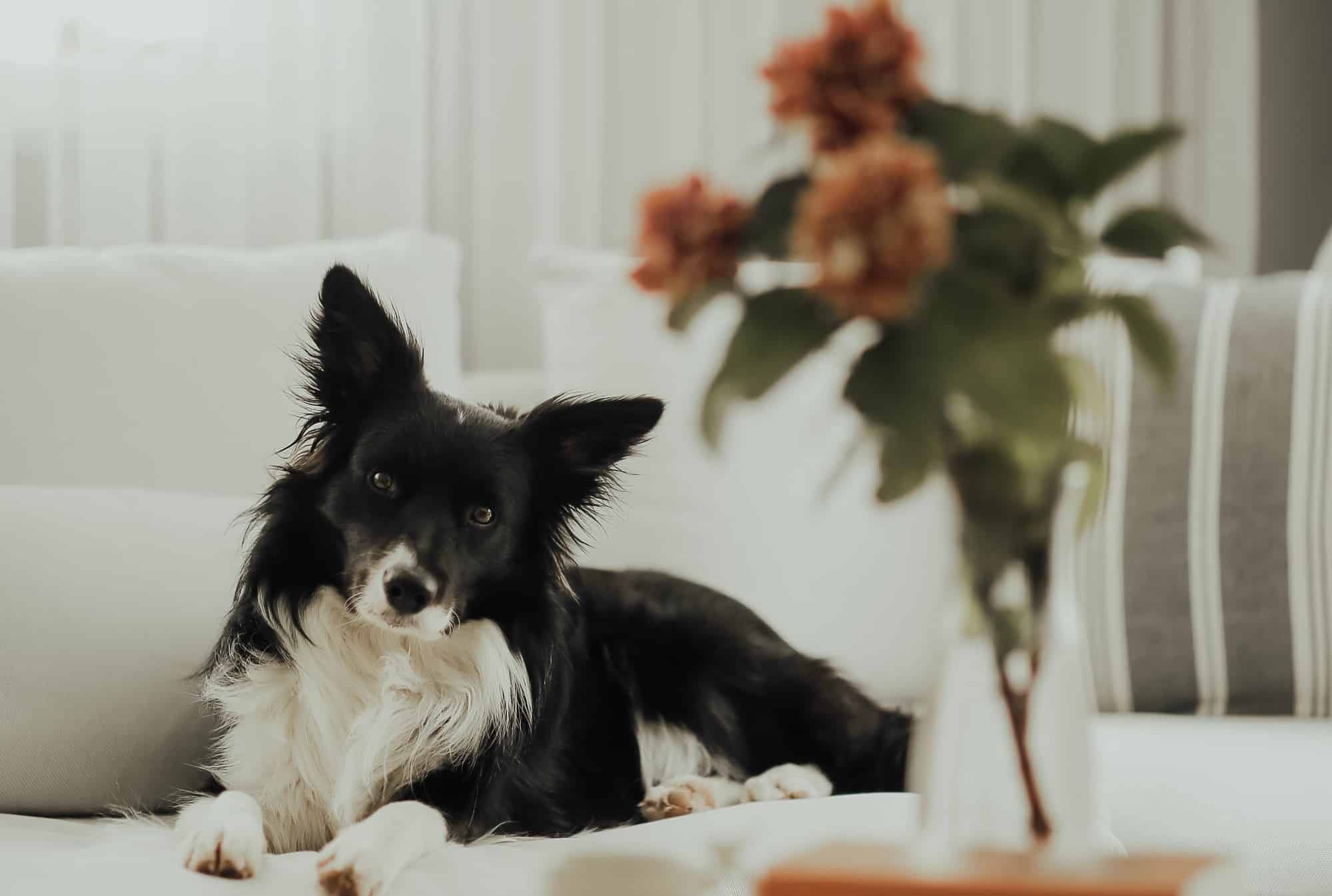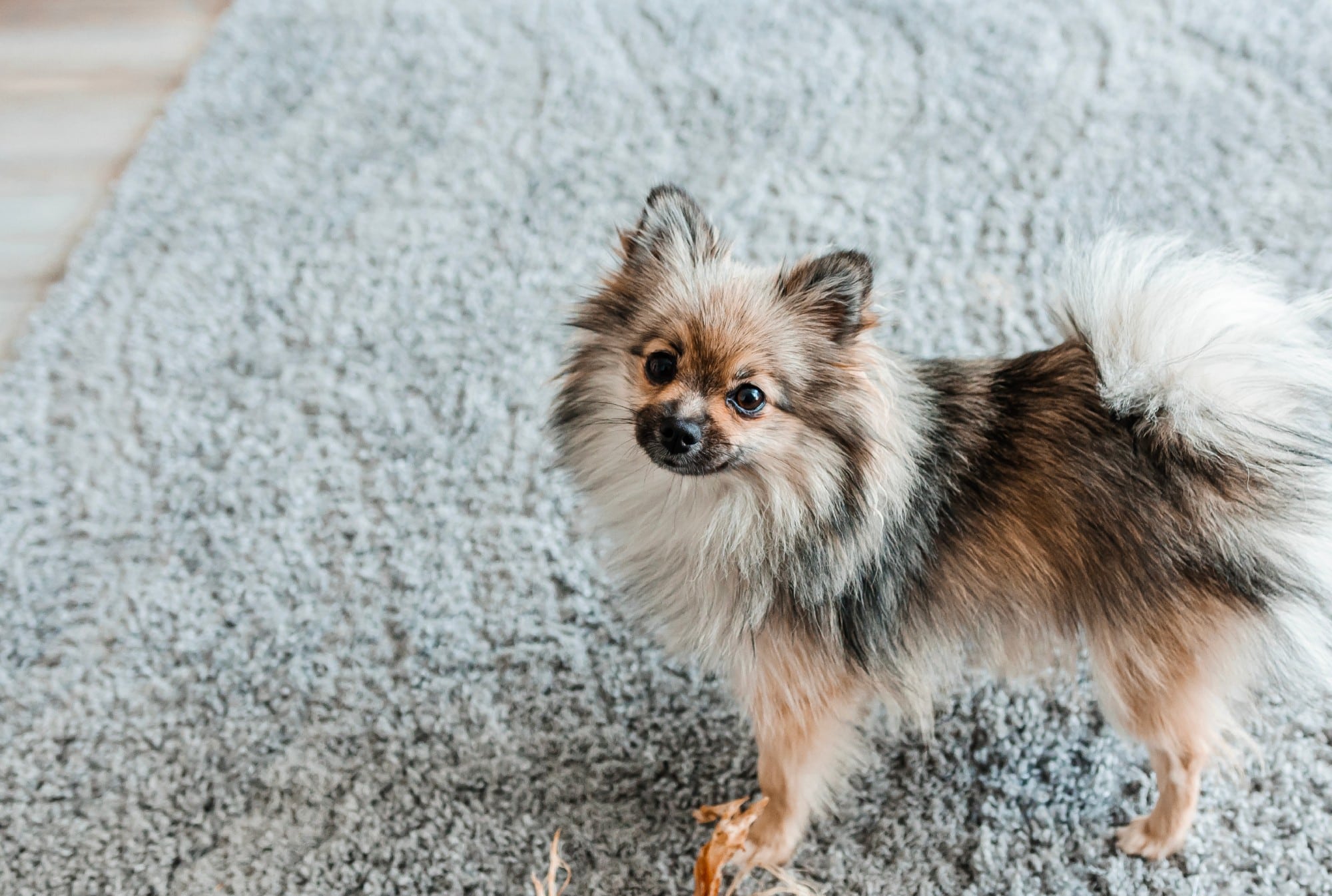Rescuing a dog who spent her entire life in a cramped, filthy cage without any access to toys, exercise, proper veterinary care, grooming or any kind of socialization can be an extremely challenging — yet rewarding — experience. Note: I’m talking about puppy mill dogs, who are bred at deplorable commercial breeding facilities that put profit over the well-being of its dogs. Their offspring are sold exclusively at pet stores, or shipped across the country in an online sale. When they can no longer mate and have puppies, these dogs are often killed. They no longer are of use to the breeders.
Fortunately, in the dog world, there is a movement to put an end to these awful commercial breeding facilities. California recently became the first state to outright ban all pet stores from getting dogs from puppy mills, pet shops have shuttered their doors after public pressure and animal adoption rates are up (in lieu of purchasing a dog) . Yet, there is still a lot of work that needs to be done, along with some setbacks, including the Trump administration making drastic changes to the USDA’s animal welfare database, allowing for bad breeders to stay in business.
Related: Report Finds the Majority of Puppy Ads Online Are From Scammers
Still, huge organizations, like the Humane Society of the United States, along with local animal-welfare groups, continue to save thousands of puppy mill dogs each year – most of which get a second chance at life by finding a loving, forever home. Yet to acclimate these dogs to a home environment — where they are considered pets, not products – takes patience, but it is also an extremely rewarding experience.
For those looking to change the life of a puppy mill dog and welcome her into your life, here are some tips to make the transition easier for both of you.
Getting Your Home Prepared for Your New Dog
The first step in adopting a puppy mill survivor is getting your home ready. Supply them with a containment area or a small, gated-off room like a bathroom, says certified dog trainer Kate Perry of Kate Perry Dog Training. “To prepare the home, treat it like a new puppy is coming home because these dogs know nothing.”
Dog-proof your home. “You have to provide a safe area for them to be in,” says Perry. Make sure anything you don’t want chewed and small objects that the dog could choke on are stored out of reach. Secure any cabinets containing cleaning products, human medicine and any other toxic substances, including foods like raisins and chocolate that are poisonous to dogs.
Invest in a dog crate. Your puppy mill rescue is accustomed to a small cage, and some may find comfort in a crate. But many puppy mill dogs will remain terrified of the crate because that’s where everything bad happened. For those, just use the crate for transport. The crate has to have a soft, padded bottom as many puppy mill dogs spend their lives standing on the cages’ bare wire flooring, and their feet may be painful or injured. A plastic crate supplies a den-like environment, and some have a removable top, which makes it easier to take your dog out of the crate rather than dragging a terrified dog through the smaller front opening.
Other necessary supplies include a leash (we recommend a 6-foot long one), puppy pads, an ID tag, high-value treats like small pieces of chicken, turkey, beef, cheese or sliced hot dogs and an exercise pen or baby gate. You’ll need to get a lightweight nylon collar or harness after your dog comes home so you can fit it properly.
Welcoming Your New Dog Into Your Home
The big day has arrived, and you’re bringing your dog home. What should you expect? “In my experience, most of the dogs are completely shut down, so they’re usually quite sweet-natured at the beginning,” says Perry.
When you first bring your dog home, she’s going to be frightened. If you can, pick her up from the rescue in the crate you’ve obtained. Her instinct is going to be to hide. You’ll need to choose a small, quiet room. Put the crate in this room, and then open its door. Put a bowl of water and a bowl with a small amount of food near the crate. Further away, put down some puppy pads. Then leave the dog alone. You may need to even close the gate or the door to the room. Check on your dog occasionally over the next few hours.
Related: New York City Puppy Store Under Fire After Video Shows Alleged Abuse and Neglect of Dogs
Expect your dog to pee or poop on the floor. Do not scold, yell or do anything physical (This goes for any dog.) Your dog has no housetraining, and most likely had to go in her cage. Just clean it up, and let her be.
Helping Her Through the Transition Process
After a few days, move the crate to a room in the house that is still quiet but near to more trafficked areas. Your dog has never been exposed to the simple noises of home, like the sound of a dishwasher, a running faucet, talking, a vacuum, a phone or a doorbell ringing. Open the door to her crate, and leave her inside. She’ll venture out when she’s ready.
“These dogs need a lot of desensitization to the new situation, especially if they’re coming to the city,” says Perry. They’ve never been handled except in a frightening way. Many have never been outside until the day that they’re rescued. They haven’t had any real contact with humans.
Set up an exercise pen in the room so your dog has a confined, safe space. Put her crate, food and water bowls, and puppy pads inside the pen. When you’re in the room with her, try not to make sudden movements. Minimize loud sounds as much as possible. “What I say to people who are rescuing a puppy mill dog is to try not to have too many expectations at the beginning,” says Perry.
Gaining Trust With Your New Pet
“A huge thing is trust and adapting to a new situation,” notes Perry. Some dogs are rescued from puppy mills when they are younger but many dogs are usually around 5 to 7 years old – the age when they can no longer breed. They may need the same training as puppies, but they’re more set in their perspective: humans are bad. The world is a scary place. But food is good.
You can use that. Remember, you cannot just pick up a puppy mill rescue and cuddle him. You have to gain her trust first. Kate Perry suggests that you approach your dog sideways. Don’t make direct eye contact, and sit near her on a 45-degree angle. Now you’re ready to start getting her used to your hand.
Put your tastiest treat in your hand and make a fist. Perry has been known to smear her hand with peanut butter. “The hand that feeds the dog is the one that the dog is going to want to go to because it’s a survival strategy,” she says. Put your hand on the ground and let her sniff it. Don’t ever come at a puppy mill rescue (or any strange dog) overhead, as this can be a threatening position.
Let her eat the food out of your hand. Each time you put your hand out on the ground, load it with another treat. Perry likens it to a slot machine. “When people play a slot machine, they don’t always know what they’re going to get, but every once in a while, they get a jackpot.” By putting a different treat in your hand each time, the dog gets excited to see what you’ve got.
“For so many rescue dogs that haven’t had a lot of interaction, it’s all about trust,” she says. “The hand that is feeding that dog is the one that the dog is going to trust.”
Using Tools to Help Your Dog With Her New World
A puppy mill rescue is never a housetrained dog. They may have very little to no experience with the outside world. Start by training your dog to use the puppy pads. Many of these rescues are afraid to go outside, so this is a great stop-gap measure. If the dog is a small breed, it’s also a great option to plan for both puppy pads and outdoor bathroom breaks.
Once your dog allows your touch, put on her collar. Let her wear it for a week or so inside the house. Attach the leash to the dog’s collar, and let her walk around inside with it. This will get her used to the slight pulling sensation of the dragging leash. If you want to move to transition to a harness, wait until your dog is adjusted to a collar.
After a few days, pick up the leash and follow your dog around the house. Occasionally, tug slowly and gently on the leash. You may have to walk your dog around the house for a few days — or even weeks. Once your dog is comfortable with the leash, it’s time to try an outdoor adventure. (However, before you go outside, take your dog to a veterinarian and get an ID tag.)
When you first go outside, use the harness. It’s harder to slip out of if your dog freaks out. If you’re worried, you can attach leashes to both the collar and harness until you’re confident your dog won’t run off in a panic.
If you live in the city, and your dog is small, carry her into the elevator and across the lobby. Put her down outside, and let her take the lead. If she just wants to crouch there, let her. Be patient and go slowly. Don’t force her to do anything. She’ll start walking outside when she’s ready.
Related: More Than 80 Great Danes Rescued from ‘Puppy Mill Mansion’
Introducing Your New Dog to your Existing Dog
If your puppy mill rescue has been caged with another dog, your existing dog may be a comfort. But if she’s had no contact with other dogs, this may be difficult — and even dangerous.
“For the dog that was there before, I call it the roommate they never asked for,” says Perry. “And it’s a socially inept roommate.”
To avoid potential dog fights, give both dogs their separate space at first. Use different rooms or spaces separated by gates. Don’t give them anything to fight over, like food or treats. Let them have time to get to know each other by scent.
When you sense that your dogs are ready, introduce them outside on neutral ground. Keep both dogs leashed. Let them either sniff each other or just sit, and then walk them both together. If they seem to get along, they can be in the same room but only supervised for the first few months.
If your dogs aren’t adjusting to each other, call a trainer. Don’t try to figure this one out on your own. “You don’t have to be the only one battling it out,” counsels Perry. There’s too much at stake.
The Bottom Line
It will probably take weeks for your dog’s true personality to emerge. A puppy mill rescue will take time and patience, but remember Perry’s advice: slow and steady wins the race. The experience of giving an abused dog a new, loving life will be remarkable and life changing — for both of you.
Related: The ‘Horrible Hundred’ Report Released to Shine Light on Worst Puppy Mills













